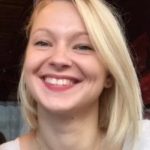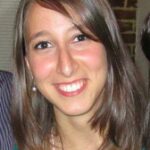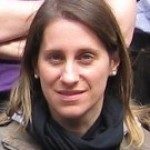Link to Pubmed [PMID] – 33705548
Link to DOI – iyab02810.1093/genetics/iyab028
Genetics 2021 Mar; ():
Genomic rearrangements have been associated with the acquisition of adaptive phenotypes, allowing organisms to efficiently generate new favorable genetic combinations. The diploid genome of Candida albicans is highly plastic, displaying numerous genomic rearrangements that are often the by-product of the repair of DNA breaks. For example, DNA double-strand breaks (DSB) repair using homologous-recombination pathways are a major source of loss-of-heterozygosity (LOH), observed ubiquitously in both clinical and laboratory strains of C. albicans. Mechanisms such as break-induced replication (BIR) or mitotic crossover (MCO) can result in long tracts of LOH, spanning hundreds of kilobases until the telomere. Analysis of I-SceI-induced BIR/MCO tracts in C. albicans revealed that the homozygosis tracts can ascend several kilobases towards the centromere, displaying homozygosis from the break site towards the centromere. We sought to investigate the molecular mechanisms that could contribute to this phenotype by characterizing a series of C. albicans DNA repair mutants, including pol32-/-, msh2-/-, mph1-/- and mus81-/-. The impact of deleting these genes on genome stability revealed functional differences between Saccharomyces cerevisiae (a model DNA repair organism) and C. albicans. Additionally, we demonstrated that ascending LOH tracts towards the centromere are associated with intrinsic features of BIR and potentially involve the mismatch repair pathway which acts upon natural heterozygous positions. Overall, this mechanistic approach to study LOH deepens our limited characterization of DNA repair pathways in C. albicans and brings forth the notion that centromere proximal alleles from DNA break sites are not guarded from undergoing LOH.







